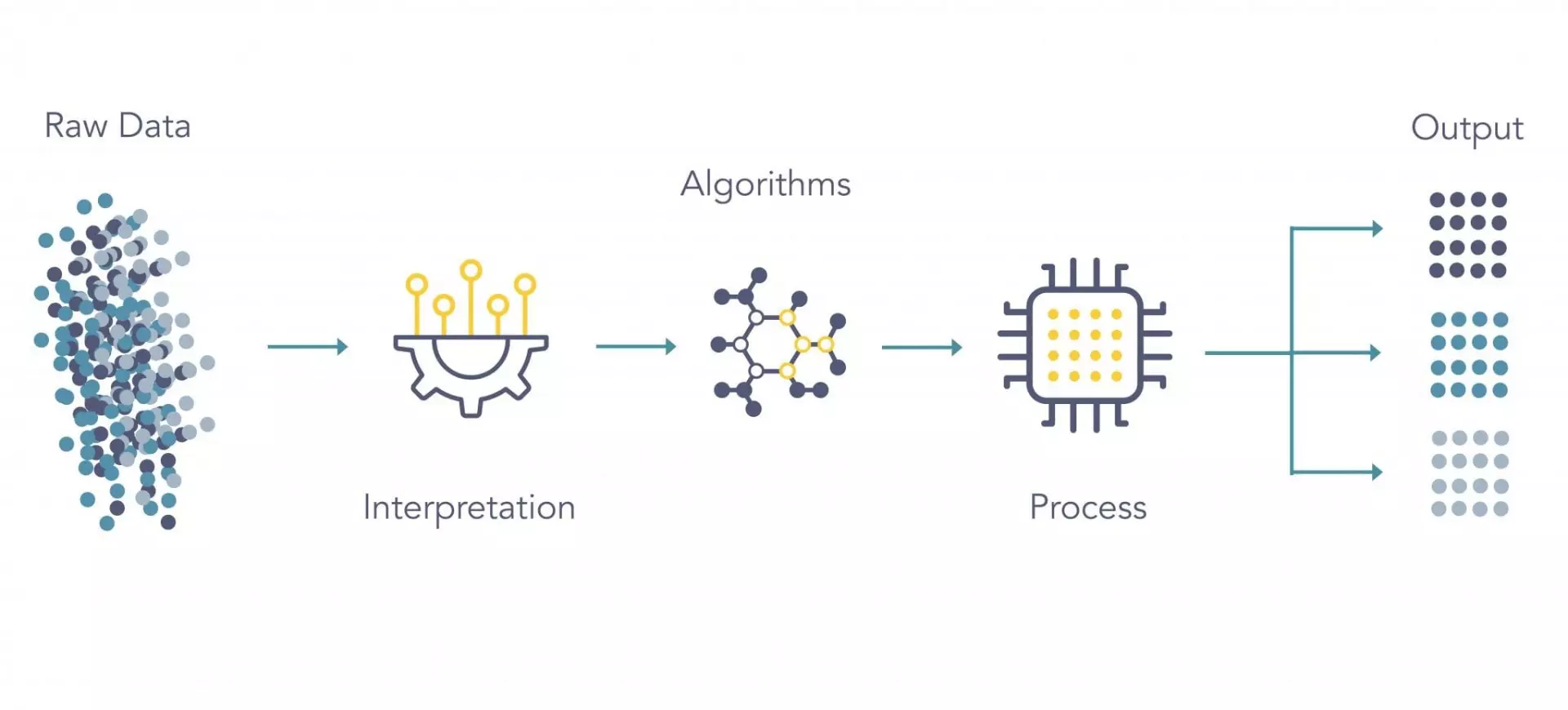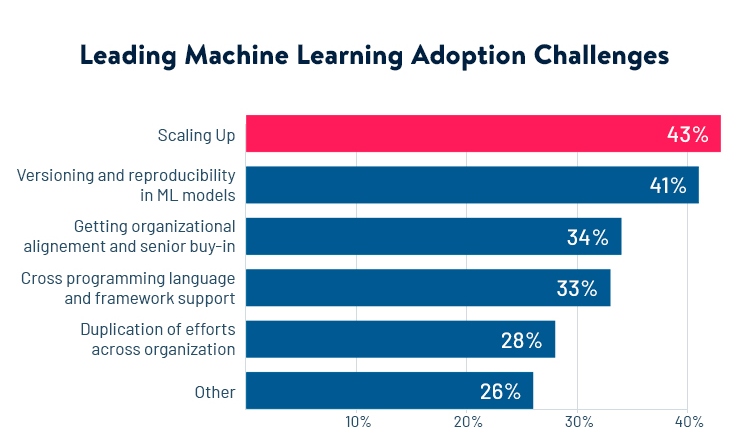TECHNOLOGY
The Untold Secret of How Machine Learning is Revolutionizing Businesses Worldwide

The Untold Secret of How Machine Learning is Revolutionizing Businesses Worldwide
Machine learning is an exciting field of study that has revolutionized many industries in recent years.
It has helped businesses of all sizes to automate processes, improve decision-making, and gain insights from vast amounts of data. However, the success of machine learning is not solely due to the technology itself. In this article, we’ll explore the secret of machine learning’s success and discuss how businesses can benefit from it.
What is Machine Learning?
Machine learning is a subset of artificial intelligence that enables machines to learn from data and make decisions based on that data. It involves training a machine learning model with large amounts of data and then using that model to make predictions or decisions on new data.

Source: Thomas Malone | MIT Sloan
There are three main types of machine learning: supervised learning, unsupervised learning, and reinforcement learning.
Supervised learning is when the model is trained on labeled data, meaning that the correct output is known for each input. For example, a supervised learning model could be trained to recognize images of cats and dogs by being shown labeled examples of each.
Unsupervised learning, on the other hand, is when the model is trained on unlabeled data, meaning that the correct output is not known. Instead, the model must find patterns and relationships within the data on its own. For example, an unsupervised learning model could be used to group customers based on their purchasing habits.
Reinforcement learning is when the model learns through trial and error. The model is rewarded for making correct decisions and penalized for making incorrect decisions. Over time, the model learns to make better decisions based on the rewards and penalties it receives.
The Secret of Machine Learning’s Success
The secret of machine learning’s success lies in its ability to automate complex tasks that would otherwise be too time-consuming or difficult for humans to perform. Machine learning algorithms can process large amounts of data quickly and accurately, making it possible to identify patterns and relationships that would be difficult to spot using traditional methods.

Another key factor in machine learning’s success is its ability to learn and adapt over time. As more data is fed into the model, it becomes more accurate and better able to make predictions or decisions. This makes it an ideal tool for businesses that need to analyze large amounts of data on an ongoing basis.
Benefits of Machine Learning for Organizations
There are many benefits to using machine learning in business.

Here are just a few:
-
Automating Processes: Machine learning can be used to automate repetitive tasks, freeing up employees to focus on more complex and creative work. This can save time and reduce errors, leading to increased efficiency and productivity.
-
Improved Decision-Making: Machine learning can help businesses make better decisions by analyzing large amounts of data and identifying patterns and trends. This can lead to better insights and more informed decision-making.
-
Personalization: Machine learning can be used to personalize products and services based on customer preferences and behavior. This can lead to increased customer satisfaction and loyalty.
-
Fraud Detection: Machine learning can be used to detect fraudulent activity, such as credit card fraud or identity theft. This can save businesses money and protect their customers.
-
Predictive Maintenance: Machine learning can be used to predict when equipment is likely to fail, allowing for proactive maintenance and minimizing downtime.
-
Marketing Optimization: Machine learning can be used to optimize marketing campaigns by analyzing customer data and identifying the most effective marketing channels and messaging.
Challenges of Machine Learning
While machine learning has many benefits, there are also some challenges to consider.

One of the biggest challenges is the need for large amounts of high-quality data to train the model. Without enough data, the model may not be able to make accurate predictions or decisions.
Another challenge is the need for specialized skills and expertise to develop and implement machine learning solutions. Businesses may need to hire data scientists or machine learning engineers to build
and maintain their machine learning models. These professionals can be expensive to hire, and there is currently a shortage of qualified candidates in the job market.
Interpretability is another challenge in machine learning. Machine learning models can be complex and difficult to understand, making it hard to explain how they arrived at a particular decision or prediction. This can be problematic in industries where transparency and accountability are important, such as healthcare or finance.
Privacy and security are also major concerns in machine learning. The data used to train machine learning models may contain sensitive information, such as personal or financial data. There is a risk that this data could be breached or misused, leading to privacy violations or security breaches.
Finally, there is a risk of bias in machine learning. If the training data is biased, the model will also be biased, potentially leading to unfair or discriminatory decisions. This is a particularly important issue in areas such as hiring, lending, and criminal justice.
How to Implement Machine Learning in Your Business

If you’re interested in implementing machine learning in your business, here are some steps to follow:
-
Identify the problem: Start by identifying a problem in your business that machine learning could help solve. For example, you might want to automate a repetitive task or improve decision-making.
-
Gather data: Gather the data you’ll need to train your machine learning model. This may involve collecting new data or using existing data that you have on hand.
-
Choose a model: Choose the type of machine learning model that is best suited to your problem. Consider factors such as the type of data you have and the complexity of the problem.
-
Train the model: Train your machine learning model using the data you have collected. This may involve using specialized software or working with a data scientist or machine learning engineer.
-
Test and validate: Test your model to ensure that it is accurate and effective. You may need to make adjustments or fine-tune the model based on the results.
-
Deploy the model: Once your model is trained and validated, deploy it in your business. This may involve integrating it into your existing systems or developing new applications.
-
Monitor and maintain: Monitor your model over time to ensure that it continues to perform effectively. You may need to update or retrain the model as new data becomes available.
What’s Next for Machine Learning?

Machine learning is a powerful tool that can help businesses of all sizes to automate processes, improve decision-making, and gain insights from data. However, it is important to be aware of the challenges and potential pitfalls of machine learning, such as the need for large amounts of data, specialized skills, interpretability, privacy and security concerns, and the risk of bias.
By following best practices for implementing machine learning, businesses can overcome these challenges and reap the benefits of this exciting technology. With the right approach, machine learning can help businesses to stay competitive and drive growth in today’s data-driven economy.

















